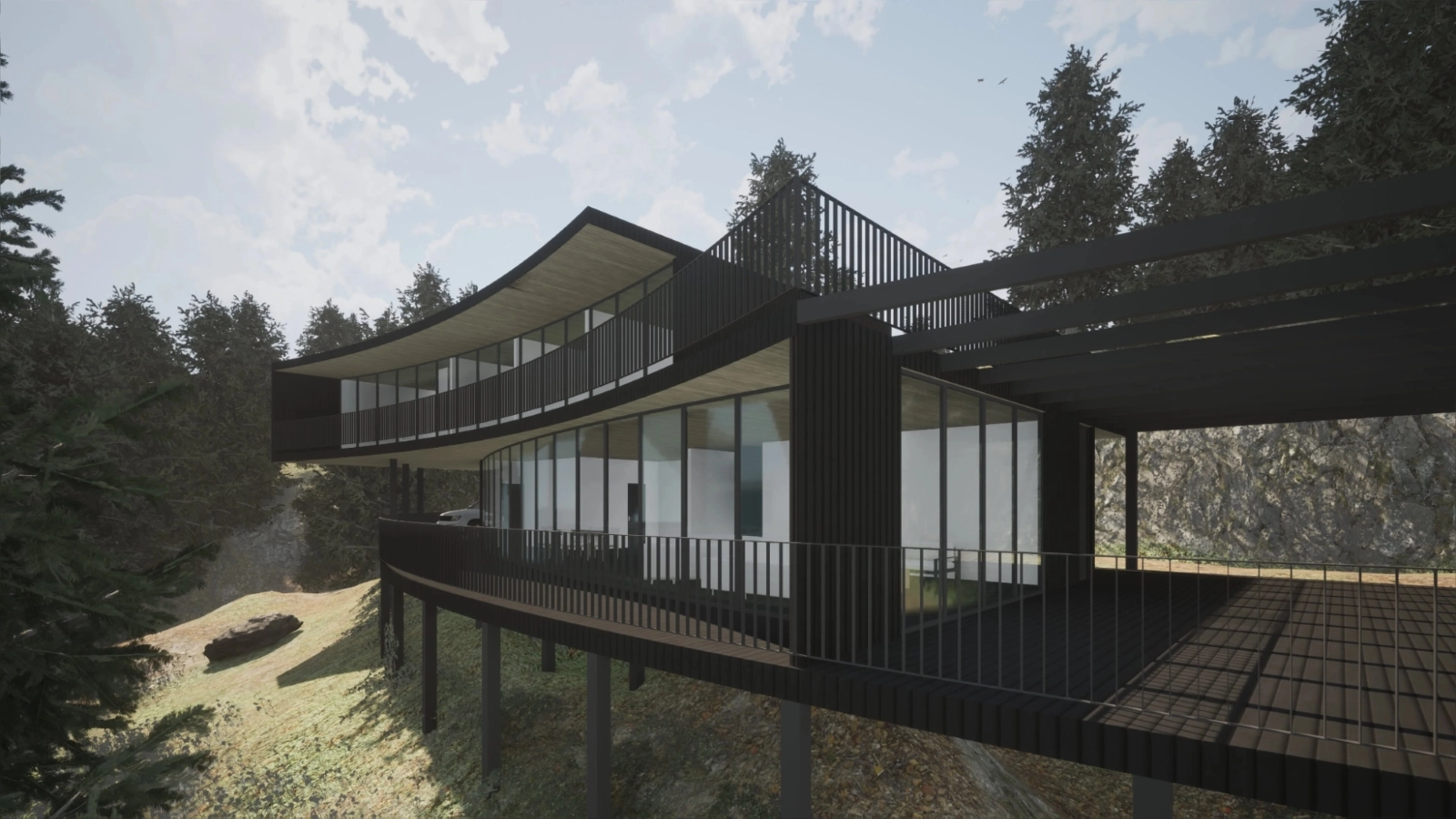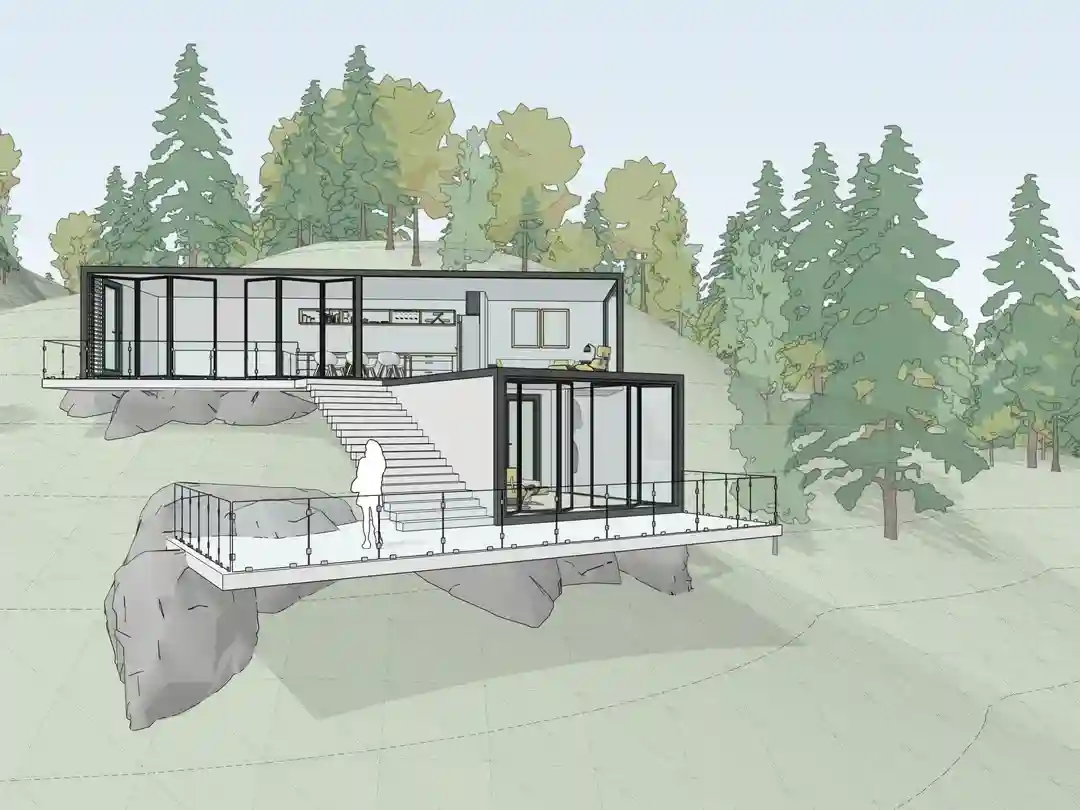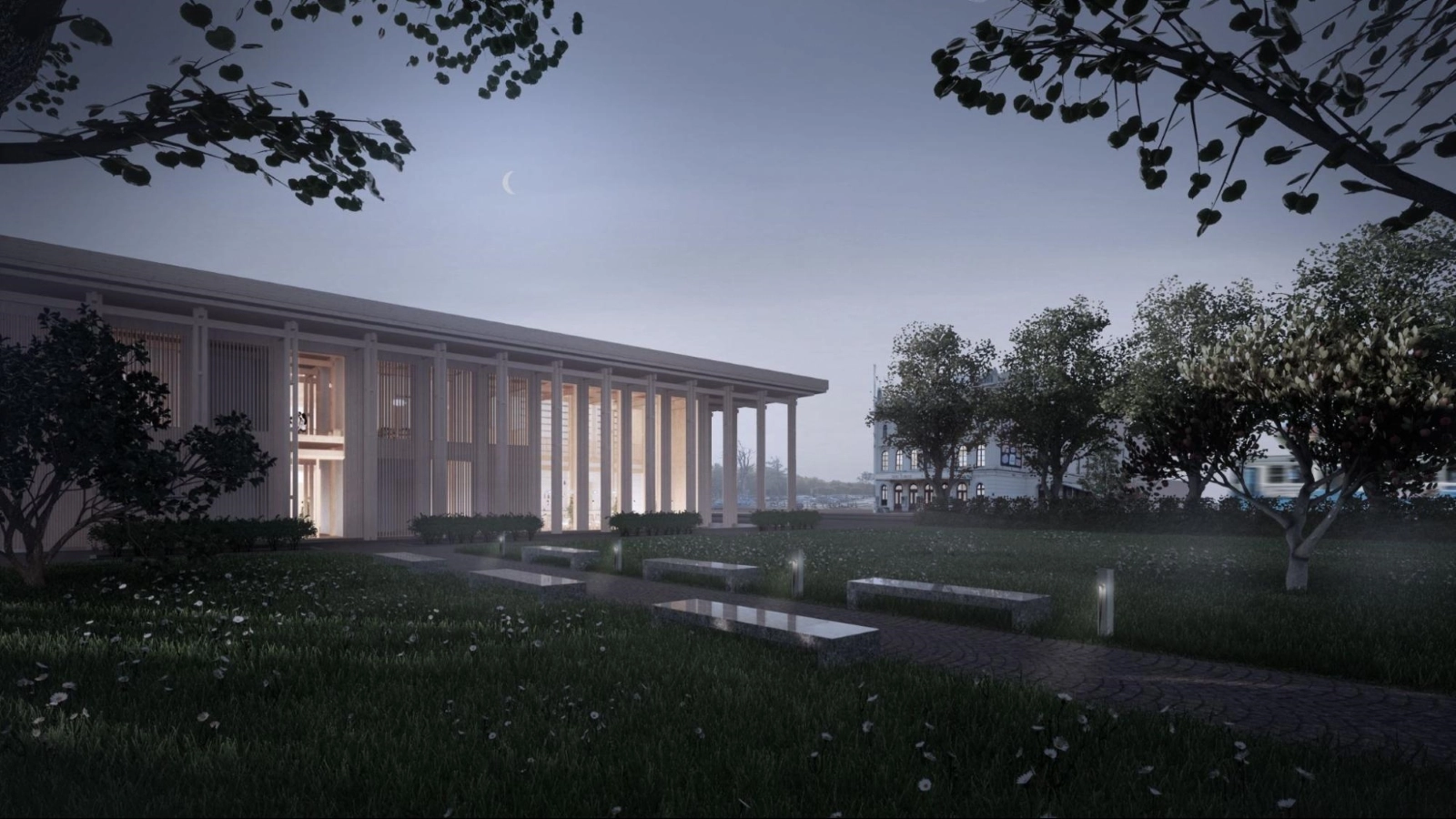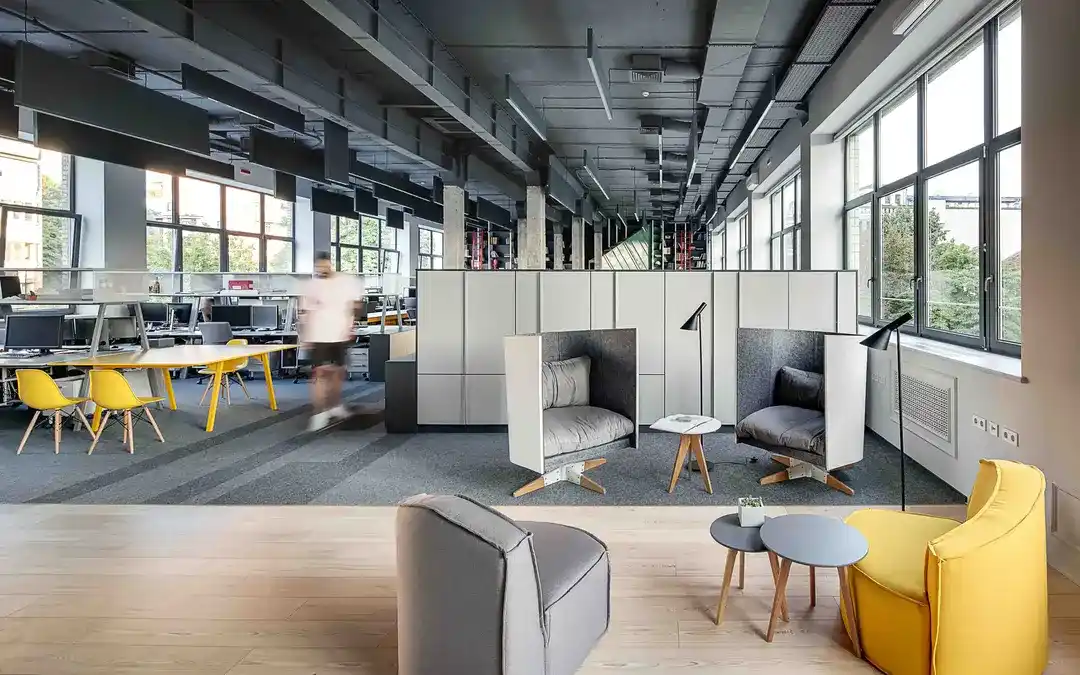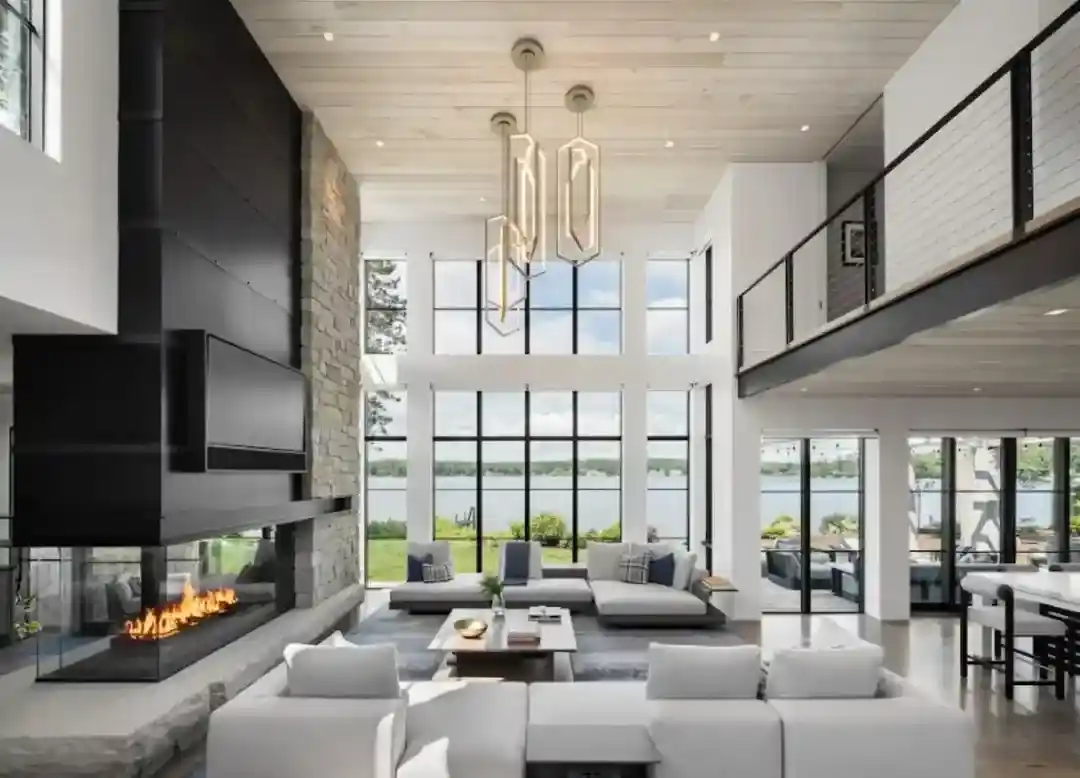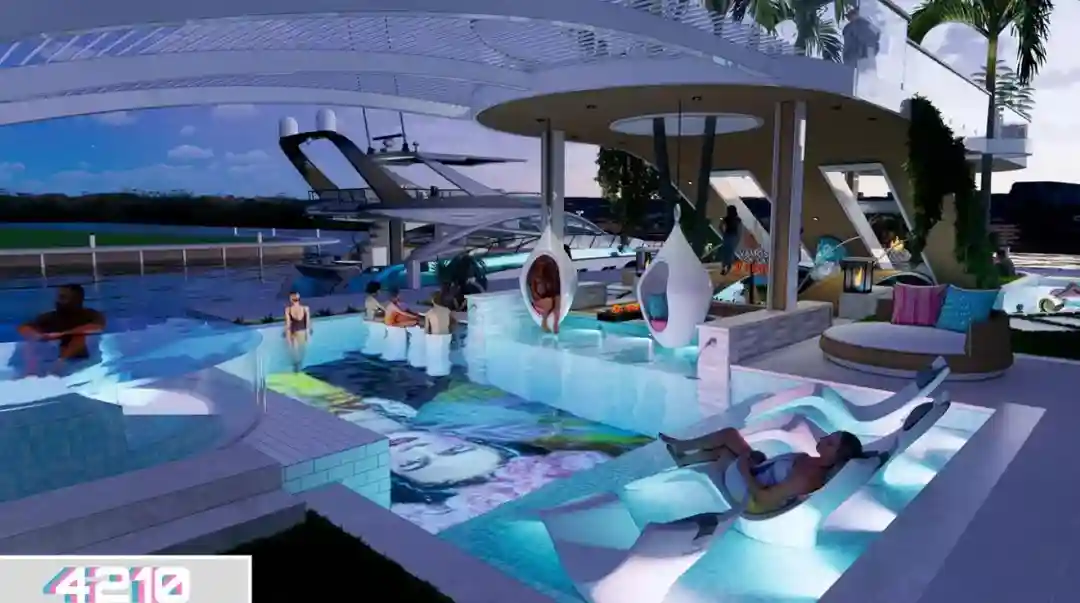Visualizations are more than pretty pictures — they play a crucial role in design and construction workflows. Read on to check out the top ten benefits of visualization, along with real user stories that can help inspire your workflow.
To be a successful architect or designer, you need to do more than conceptualize innovative ideas — you need to communicate them to prospects, stakeholders, and collaborators. Try showing 2D documentation to someone without design or construction expertise, and you'll know how important 3D visualization and architectural renderings are. Whether you leverage 3D models directly from SketchUp with Ambient Occlusion, create AI-generated images with SketchUp Diffusion [Labs], or use an external rendering program like V-Ray, finding the right visualization style will level up your career.
Discover the top benefits of architectural visualization, along with successful implementation stories from architects, designers, and builders.
1. Project-winning presentations
Lighting study made from SketchUp model with Twinmotion.
The first step of a project: winning the project! When pitching an idea to a potential client, use visualizations to show them how the proposed project will look and to communicate cost changes with different design iterations.
Paul Millet, an architect and expert in 3D software for architects, leverages his expertise to create striking presentation materials for competitions to restore some of Europe’s most iconic cultural buildings. Paul’s visual masterpieces help Clé Millet beat the competition and win the coveted jobs.
2. Speedy design iterations
SketchUp model of a loft’s interior.
Be responsive to stakeholder feedback and provide design iterations to find the perfect solution. A strong visualization workflow gives you a clear representation of how you envision the final design. When the design vision is clear, it’s much easier to make tweaks to make sure you and your client stay on the same page throughout the iterative process.
One of the biggest reasons interior designer Isolina Mallon works exclusively in 3D is that she can quickly experiment with different design ideas. Her iterative, experimental process allows for innovative design solutions that are always clearly communicated to her clients, creating a workflow marked by creativity and client trust.
3. Inspiring stakeholders
Rendering of an apartment interior.
The bigger the project, the more stakeholders you have to communicate with. The more layers between the idea and the person who needs to understand it, the more clarity is usually lost. The stakeholders you need to communicate with can also change over the lifetime of a project. Visualizations and renderings inspire stakeholders each step of the way and help tell a richer story.
Designer and visualization consultant Luis Bertomeu Sanchez worked on a residential apartment project that could only move forward once all the units were sold. His visuals needed to show how prospective inhabitants would use the space and communicate how the interior would look to building developers. He fulfilled both needs with powerful design visualizations.
4. Double-duty with 2D documentation
2D documentation showing a custom-built shelf for an interior design.
When you create a design using 3D software with 2D capabilities, your 3D models can produce documentation and renderings for presentations that your stakeholders understand. 2D documentation helps collaborators like construction experts and fabricators understand how the constructed building should function and help specify materials.
Studio Maison Co. is an interior design-focused firm that uses 3D models to generate animated walkthroughs, stunning renderings for their clients, and 2D documentation of as-built details, including custom furniture. Generating both 2D and 3D visuals from one 3D model using SketchUp and LayOut is a huge time saver.
5. Fast problem-solving
Checking out design and constructability in a 3D model.
The best way to solve a problem? Catch it before it throws your project off track. Trying to find how a project works holistically using different sets of 2D documents can be a frustrating game of ‘spot the difference.’ When your project is clearly visualized, it’s much easier to catch clashes and gaps.
José Alberto is a mechanical engineer and founder of Crosslam, a design and manufacturing company that leverages CLT (cross-laminated timber). His team relies on 3D models throughout the design and fabrication process because the slightest difference between design and manufacturing plans can cause a significant loss of time and budget. Crosslam’s process helps catch problems in 3D before they can make their way to the job site.
6. Clear communication for easy collaboration
3D model showing construction details of CLT beams.
Whether large or small, a building project almost always requires a team of collaborators working in concert to bring it from concept to completion. While many deliverables still rely on 2D documentation, adding 3D visualization into your workflow to convey design intent brings clarity to project communications, whether it’s with on-site managers, fabricators, or other design teams.
When Andreas Lebisch designed his modern timber summer cabin for CLT construction, he knew that one of the biggest challenges would be organizing the many moving parts between the fabricators and builders. He provided both 2D documentation the fabricators could use with their CNC machines and 3D visuals so the fabricators and builders could understand how each piece of CLT fit into the whole.
7. Smooth sequencing
Construction sequencing for a demolition and underground addition.
3D visualizations for architecture and construction don’t have to stop at a single moment in time — they can communicate project evolution. Using 3D visuals to communicate construction sequencing creates alignment between all stakeholders, minimizing confusion and costly errors.
This is especially helpful in a project where progress may be harder for the untrained eye to see, like in projects where there’s demolition or underground work. John Clemons, a preconstruction manager, used a 3D model to provide clear construction sequencing for stakeholders like owners and contractors. The scenes he set up in his model show how the project will look after demolition, clearing, and into rebuilding, clearly communicating progressions and reassuring all stakeholders.
8. Comprehensive 3D visualization for BIM
Section analysis of Chengdu Hotel.
Leveraging 3D models during a BIM construction workflow makes it easy to spot challenges before they escalate into problems that put the project at risk. A 3D model that visually communicates design requirements and construction plans can be used throughout the project lifecycle, from initial presentations to build and beyond.
When the Chengdu Hotel interior design and construction team started their project, they skipped 2D drawings and instead started communicating directly in 3D with SketchUp. The team’s model incorporated point clouds of the site for accuracy. Overall, the team saved 50% of their construction time with their innovative BIM workflow.
9. Supporting a building’s full lifecycle
Vila Baeta Neves Stadium Building.
3D models can live beyond the ribbon cutting; an up-to-date building model can help owners and operators monitor building performance and flag needed maintenance. Restoration project teams can use 3D models of existing conditions to imagine a building’s future — and then build it.
Brazilian architect Fábio Rakauskas used 3D models known as digital twins to help preserve important architecture in São Bernardo do Campo, a city close to São Paulo in Brazil. He created models of 14 critical historical buildings to preserve an accurate record of their renovation history. Accurately cataloging all the building's changes over time also helps architects decide how they can restore authenticity and extend the building’s lifespan for future generations.
10. Winning your next job
Models and renderings created by SketchUp users. Click arrows to scroll.
Visual statements are more compelling than anything you could ever write or say about your work. Showing 3D models and renderings from past projects is a cost-effective way to show your design thinking — you’re proving to clients that you can bring your projects from ideas into reality. Every time you create something beautiful, it can be added to your portfolio and website.
Want to start visualizing your next project? Try SketchUp for free, or pick a subscription offering to dive into all the benefits.
